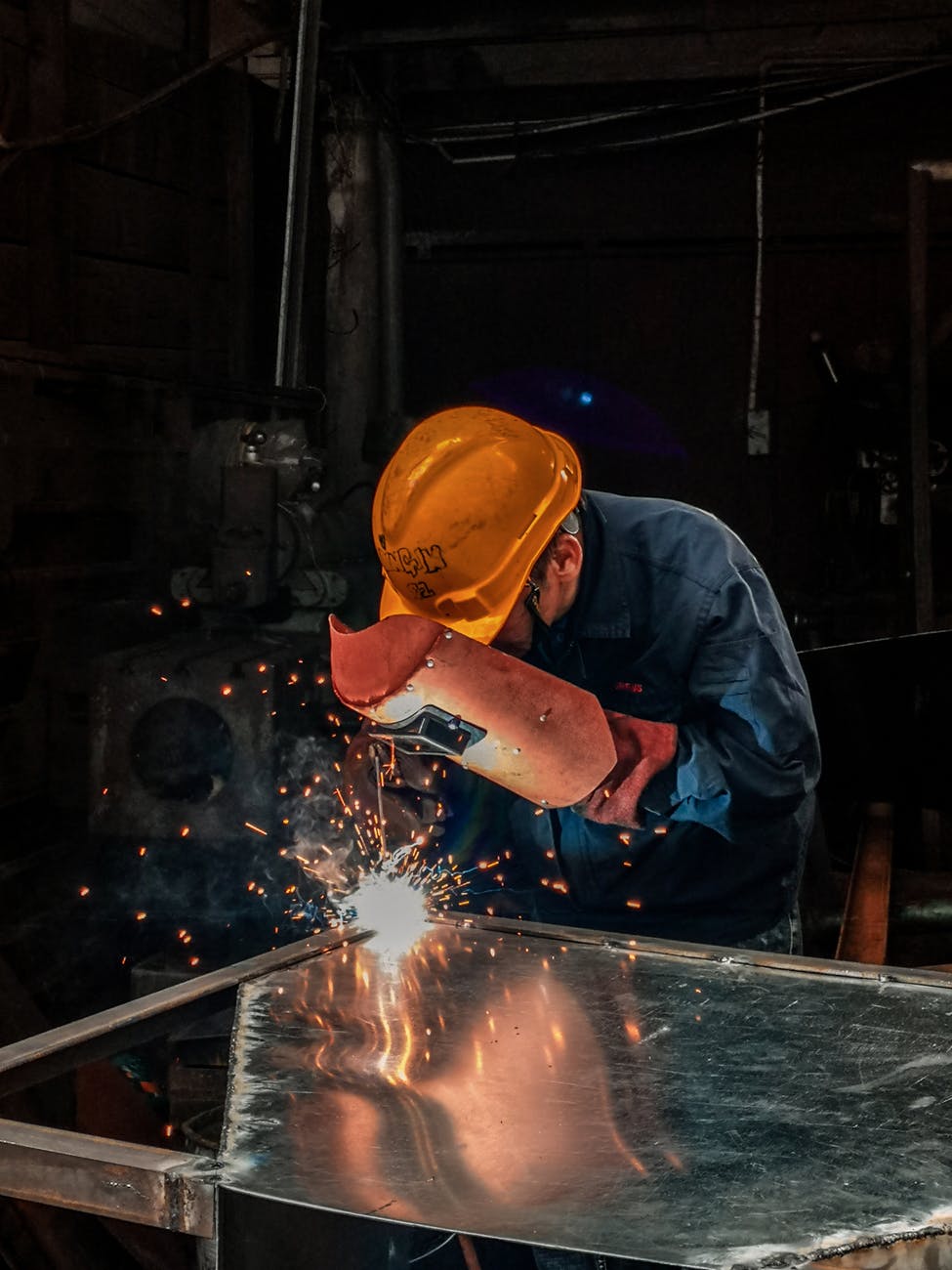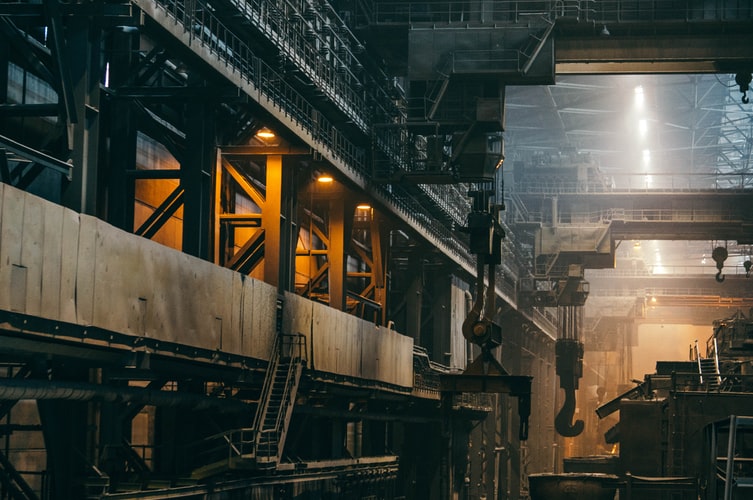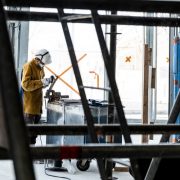Factory workers have been an essential part of industrial production since the beginning of the industrial revolution.
A factory worker has a variety of ways that he or she might contribute. For example, you have some employees who specialized in operating the heavy machinery while other workers were more involved in the physical labor of the site like loading the pallets onto the trucks. If you were to look at most factory workers, however, they were heavily involved in taking raw materials and turning it into a finished product.
What the Job Entails
As a factory worker, you might repeat a series of tasks all day long. You do this to help a product to reach its completion. Each product that comes out of the assembly line will be finished in this fashion. The task might involve gluing two pieces of a product together, or they could have to install an electrical component. Because of the highly repetitive nature of factory work, the employees often get extremely good at their work, and they might even set ambitious quotas that must be met or exceeded. However, they will still have to adhere to the safety and quality guidelines.
How the Work Has Changed
Over the years, the conditions in the factories have gotten far more agreeable than what they ever used to be. In the past, they were a dim, cramped and poorly ventilated building in many cases. Even though the conditions have improved greatly, one threat remains—asbestos. Many of the machines used will often have asbestos-related insulation, and the workers exposed will face health complications in the future.
The Typical Factory Worker
Your typical factory worker will, unfortunately, handle several of these asbestos-related products throughout the day. Most of this material will come from insulation products or from the smaller parts in the production machine. To give an example, you have lathes, which will rotate the product onto its axis. This is so that employees can work with it from all sides. Unfortunately, this often exposes them to the danger of insulation that has this around the components. Daily use would wear on the insulation, and as a result, it becomes a little loose. This turns into a grievous hazard with the potential for exposure.

To give another example, the grinding machines that employees may have used for polishing the product surfaces could have contained this hazardous material. In fact, the grinding wheels were often made from the compound. For example, they may have used Bakelite resin. In addition, many of the machines would have a reinforced core of this material, while the conveyor system might also have it. As the conveyor belt began to fray close to the edges, this would allow the material to enter into the air where workers would breathe it in.

Coming From the Construction Materials
Factory workers might also face another danger where the construction materials used were asbestos-related materials. Factories were infamous for containing these materials. Many times the bricks, tiles and drywall all contained this type of material. In fact, when inspectors looked at an old and abandoned glass factory, they found this compound in the metals and the old concrete composites. It was used in factories across the nation, and even today, many of them still have this dangerous material in them. It also depends on what the factory would manufacture. For example, workers would sometimes work with it during the production. They might have used an asbestos-related adhesive to secure the different parts of the product. For example, having it on tape for closing the packaging was common.
The Worst Case Scenario
One of the worst-case scenarios was the factories that made products with this hazardous material. When it was raw in bulk shipments, employees worked with these materials in a bulk shipment on a daily basis, and they’d do this with putties and ropes. They would then distribute the products to customers and other companies. This occupational exposure could lead to cancer. In fact, you wouldn’t even have to work with the materials because one office worker would often walk on the floor where the materials were, and it was in the air. There were many cases of people not directly involved with the material who became ill from it.
If you or someone you love has come down with mesothelioma, you may want to contact a lawyer because you could be entitled to some compensation. In the studies related to factory deaths from this material, one of the noteworthy studies came out of Raybestos Manhattan factory.

The workers were in close contact with anthophyllite and chrysotile asbestos-related products. When researchers took a further look, they realized how there were seven cases of mesothelioma from this factory alone and all of them could be traced back to the workplace. Filing a lawsuit could help you to cover the medical costs that came from your time of working in the factory.

